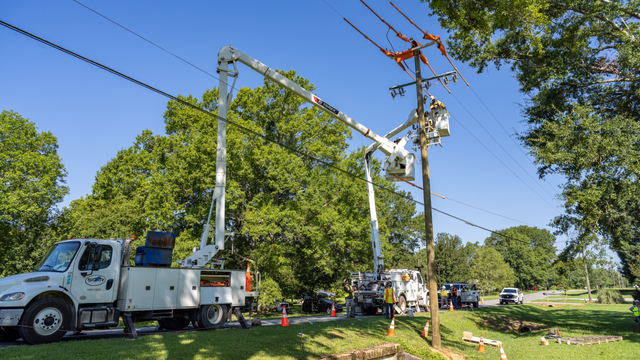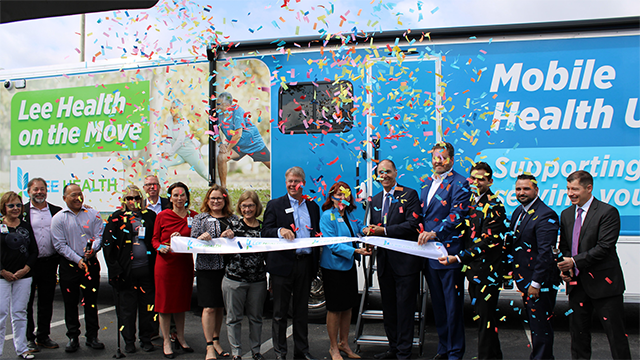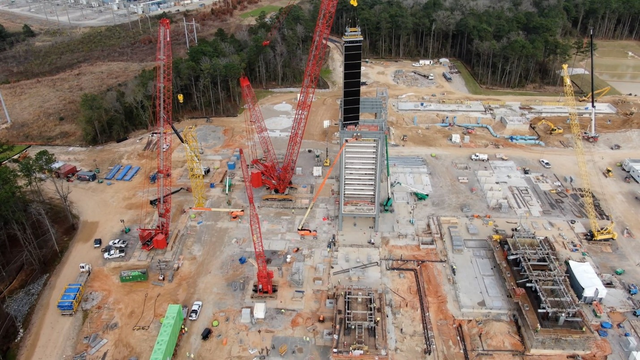Let’s cut to the chase — decarbonizing the world’s energy systems is going to be a pretty heavy task. The global economy has been powered by fossil fuels for centuries, and we’re a carbon-hungry world. It could be glib to say the time to move away from fossil fuels is long overdue — however, given the impacts to global warming and climate change, it is true.
But we also must recognize that the advanced technologies that will decarbonize at scale — carbon capture utilization and storage, hydrogen and low- and zero-carbon fuels — are only now arriving on the scene in viable capacity.
Decarb Marches Along
Nearly 80 percent of respondents to the Black & Veatch Electric Report survey are committed to reducing emissions of carbon dioxide (CO2) and other greenhouse gases while furthering their own clean energy goals. More than half (57 percent) are doing this independently from any regulatory mandate.
To get there, organizations are planning to embrace clean energy (e.g., solar energy, solar thermal, natural gas, wind and hydrogen), retire fossil-fueled generation, embrace battery energy storage, enter power purchase agreements, build combined-cycle plants and improve the efficiency of fossil-fueled generation over the next 10 years.

When looking beyond that time, 64 percent of organizations see hydrogen as a viable solution, more than double the 31 percent that see hydrogen playing a role within the next decade. This isn’t surprising, given that hydrogen — a carbonless fuel that can be generated with renewable energy — is trending to become a technologically, financially viable solution for decarbonization.
Hydrogen can serve as a zero-carbon fuel, feedstock, energy carrier and method of energy storage. It can be shipped, stored and managed using existing infrastructure, without major impacts to the value chain. It also can help decarbonize the hard-to-abate heavy industries where electrification and renewable energy are not sufficient.
There also are several other types of liquid and gaseous low carbon fuels to be considered, particularly renewable natural gas (RNG). Over time, expect to see most of the RNG that’s being produced saturate the transportation market; this is when it will start becoming more applicable to the electric power sector, among others.
Carbon Capture Offers Promise
Carbon capture, utilization and storage (CCUS) is a proven technology that can decarbonize — at scale — those industry sectors that want to maintain operations but lower their carbon emissions, e.g., utilities and heavy industry. While the world pushes for renewable energy and electrification, CCUS technologies are necessary to remove CO2 from the industrial processes that enable power generation, chemical production, mining, oil refining, steel and manufacturing.
A combined 89 percent of electric utilities know about CCUS technologies, with roughly half (45 percent) considering them a decarbonization solution. Respondents cited high technology and project costs as the main barrier to adoption, followed by complex project execution, lack of infrastructure, and issues around scalability and reliability.
That said, various technology providers, developers, industry stakeholders, the U.S. Department of Energy, and engineering, procurement and construction (EPC) organizations are working to make CCUS feasible. These challenges of technology integration, project timing, costs and trade-offs most likely will resolve as the next generation of CCUS technologies come to market, improving performance and driving down cost. As more of these projects come to fruition, economies of scale should help reduce costs by an estimated 25 to 30 percent.
As for the lack of CCUS infrastructure, these costs can vary widely by region, application and location. As the infrastructure expands, there will be more opportunities for utilities and non-utilities to find infrastructure points to connect and manage their CO2 emissions. As a leading provider of CCUS technology services and solutions, Black & Veatch currently is advancing CCUS projects with clients in the cement, lime, aluminum and electricity industries.
Driving Investment in Decarbonization
Utilities increasingly see government incentives, regulatory pressure and increased demand from customers as driving investment in renewable energy, compared to last year. Pressure from shareholders, improved pricing, lower levelized cost of energy (LCOE) and ease of access to financing declined in importance year-over-year.

The substantial drop in priority for LCOE — from 61 percent to 22 percent — is because utilities are in the planning stage, performing economic assessments as inputs to their strategic planning. The economics behind these technology investments has become an area of fact-finding and exploration, compared with a year ago.
Navigating the Path Forward
The decarbonization market is emerging rapidly as trillions of dollars in public and private sector investments are earmarked to drive a wide range of decarbonization initiatives. Organizations are placing big bets without a clear path to success and without experience to help them prioritize their decisions. In this emerging landscape, utilities’ time-tested risk management strategies and tools are being pressure tested.
These challenges are tough, but as the Black & Veatch 2021 Electric Report survey shows, organizations are focused on navigating this energy transition. Every organization has its own unique dynamics, challenges and opportunities. Black & Veatch has been focused on helping utilities, manufacturers and other stakeholders throughout the energy value chain to develop the fact base and cost/technology assessments necessary to meet their decarbonization goals.
This includes answering four core questions:
- What combination of technologies will achieve my goals? What is the sustainability objective? Is the aim to be carbon-free, net zero or reduce emissions by a certain percentage?
- How do new and emerging technologies integrate with existing assets?
- How much will it cost to reach my goal?
- Timing matters. What can I do now and what can I do later? Prioritizing investments based on impact and cost trajectories can maximize return on investment.
Black & Veatch is committed to working with organizations in this complex decarbonization landscape, providing business decision frameworks and flexible execution to meet companies where they are and help them navigate where they want to go.





